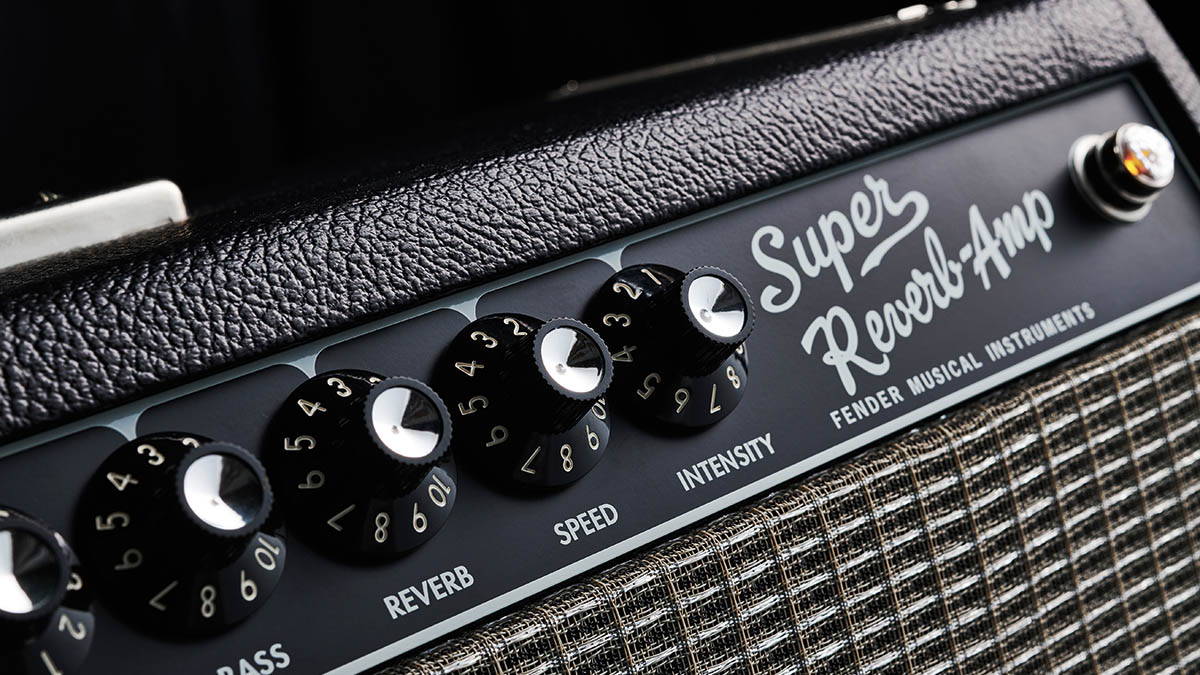MusicRadar Verdict
The classic Fender 4x10 combo is reborn as a digital powerhouse offering top-tier tones, superb headroom and reliability at a very attractive price.
Pros
- +
Convincing feel, tone and response.
- +
Adequately powered, with power scaling to domesticate it.
- +
Sweet reverb.
Cons
- -
It is lighter but a 4x10 can be cumbersome to cart around.
- -
Reverb might be a touch bright to some ears.
MusicRadar's got your back
Fender Tone Master Super Reverb: What is it?
Fender’s Tone Master series walks a fine line between modernisation and preservation of its storied guitar amp lineup’s history. It uses digital modelling technology to replicate the tones and feel of a tube amp, feeding this preamp information to a Class D power section, and ultimately its amplifiers are reborn anew.
The design principles have been hugely successful in rendering 21st-century updates on the Twin Reverb and Deluxe Reverb combos. Longtime Fender fans gasped when first playing them. They really did sound like the names on the front panel. They looked the same, too, with the blackpanel design looking all but identical to their tube-equipped forebears, the Tone Master badge on the grille was the tell-tale sign.
So, too, was the weight. If longtime Fender fans gasped when they heard the tones – the clean spank, the sizzle of the drive – they near fainted when they picked the amplifiers up. They were so… so light. Many will never get used to the idea of a Twin Reverb that you could run up the stairs with.
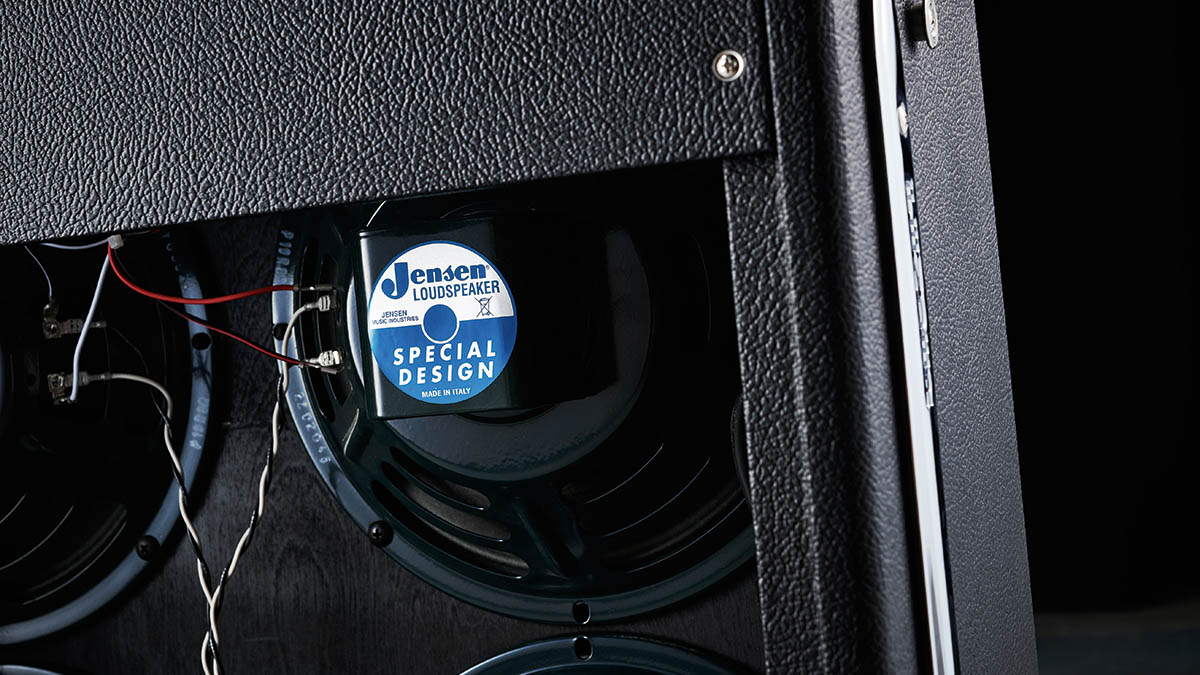
The Tone Master Super Reverb is the latest classic to be digitised and added to the Tone Master portfolio. Again, we’ve got an aesthetically faithful amp here. If it weren’t for the Tone Master badge you might swear this amp was made some time after the Super Reverb’s 1963 introduction and preserved in a glass cabinet.
The build is solid. The Tolex every bit as hard-wearing, road ready. But again, it’s so light for combo packing a quartet of 10" Jensen P-10R alnico speakers. There are no tubes, no huge transformers nestling in that meranti ply cabinet.
The original models offered 45-watts and to emulate a similar output with a solid-state power amp the Tone Master Super Reverb is rated at 200-watts. Like its Tone Master kin, there is power scaling, broadening the appeal as you can deploy it in more musical situations – i.e. playing at home. As great as the tube-equipped Super Reverb is domesticity was not among its strongest suit.
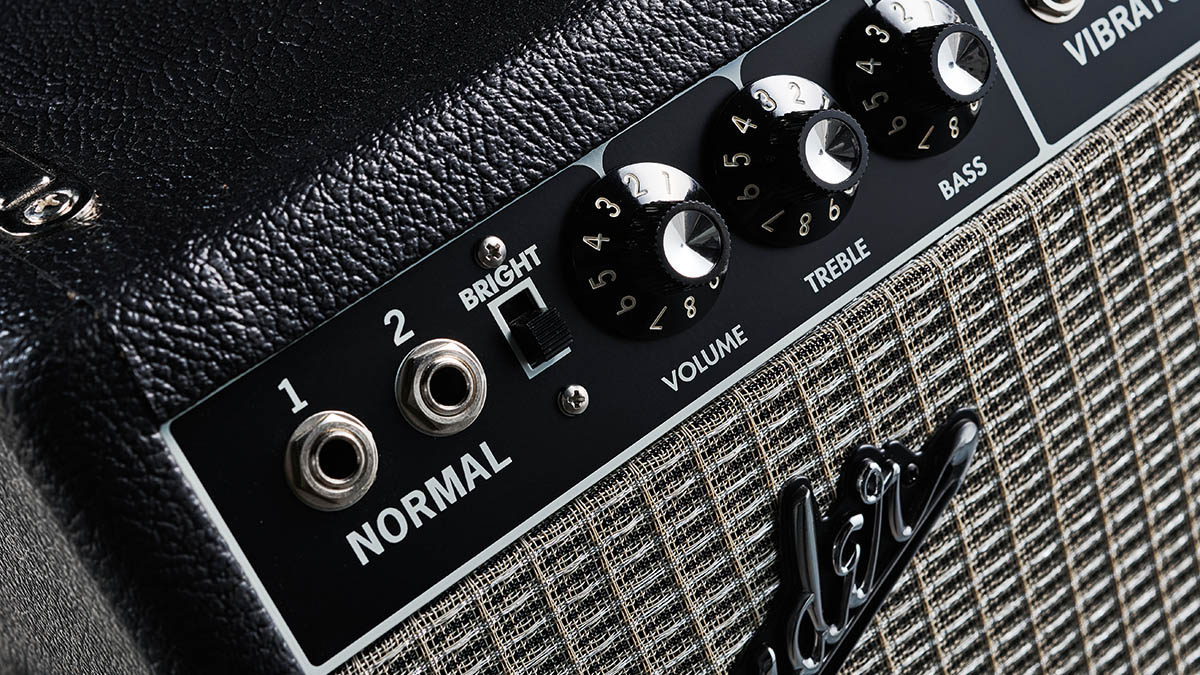
Here, we have a six-way power attenuator switch located on the rear panel. You can run the Tone Master Super Reverb at full power, an emulated 45-watts, or at half power, five-watts, one-watt and down to a bedroom-friendly 0.5-watts. Let’s stick with the back panel, as this is where all the newsworthy details are. Besides power scaling, there is a balanced XLR output plus ground lift, and the choice of two IR cab sims for adding realism and space when going direct.
The radicalism of these modern features is offset by the traditionalism of the front panel. The Tone Master concept even has the placebo effect of having a standby when powering on, with the jewel light flashing amber and red when powering up, glowing amber in standby and red when powered on.
The control set up is familiar. There are two channels, Normal and Vibrato, with dual 1/4” inputs for each, and Bright switches too. The Normal channel has dials for Volume, Treble and Bass. The Vibrato channel has Volume, Treble, Middle, Bass, Reverb, Speed and Intensity.
Fender Tone Master Super Reverb: Performance and verdict
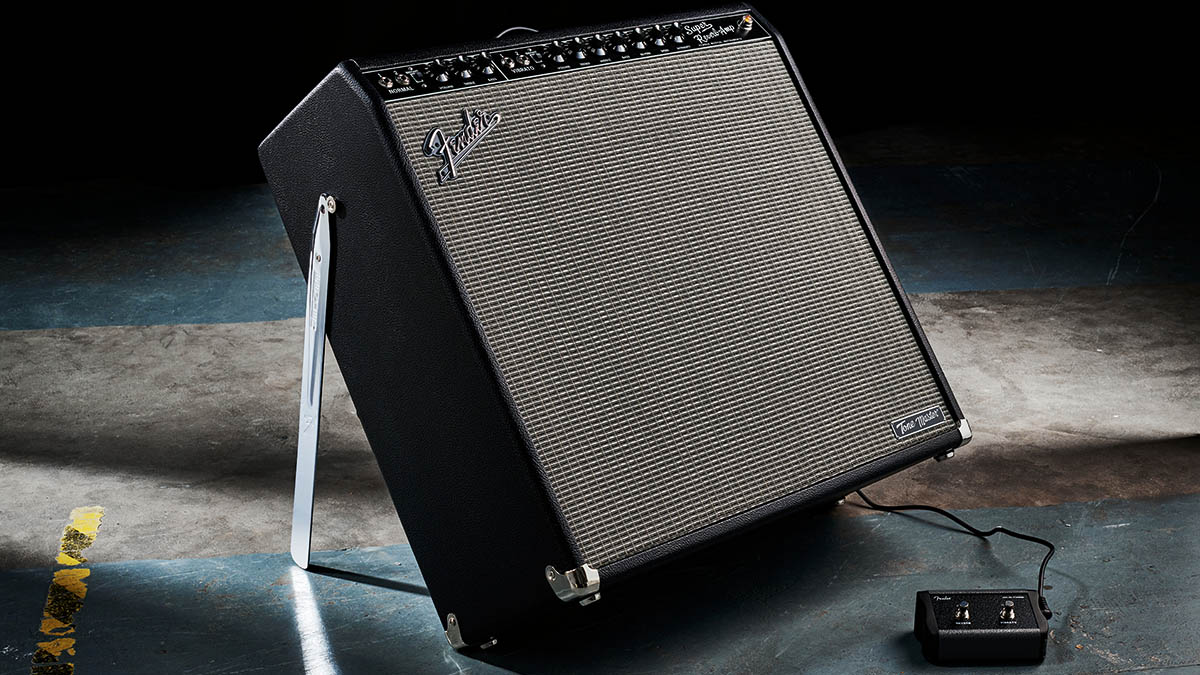
There is something pleasing, and maybe a little spooky too, about firing up an amplifier that looks like an old tube amp, is voiced to sound like one, that shares its name, and yet powered up and ready to go there's nary a hiss or a noise coming out of the speaker. That's one victory right off the bat for digital technology.
That’s nice, helpful when placing a microphone in front of the speaker for recording, but it’s not going to settle any tube vs digital internet bunfights. The sort of environments where the Super Reverb made its name, at the hands of the blues and blues-rock players of the ‘60s and ‘70s, were not hushed conservatoire recitals. What made the Super Reverb succeed in such environments was not its polite noise floor but its lungs.
The Super Reverb was and is an amp that can shout over a lot of noise, from the crowd, your drummer, and from a full-band mix, too. The Tone Master Super Reverb is built this way too. It does not lack for lungs. There’s ample headroom, keeping your sound nice and glassy when it needs to be, offering a solid and secure foothold for building a sound via your pedalboard.
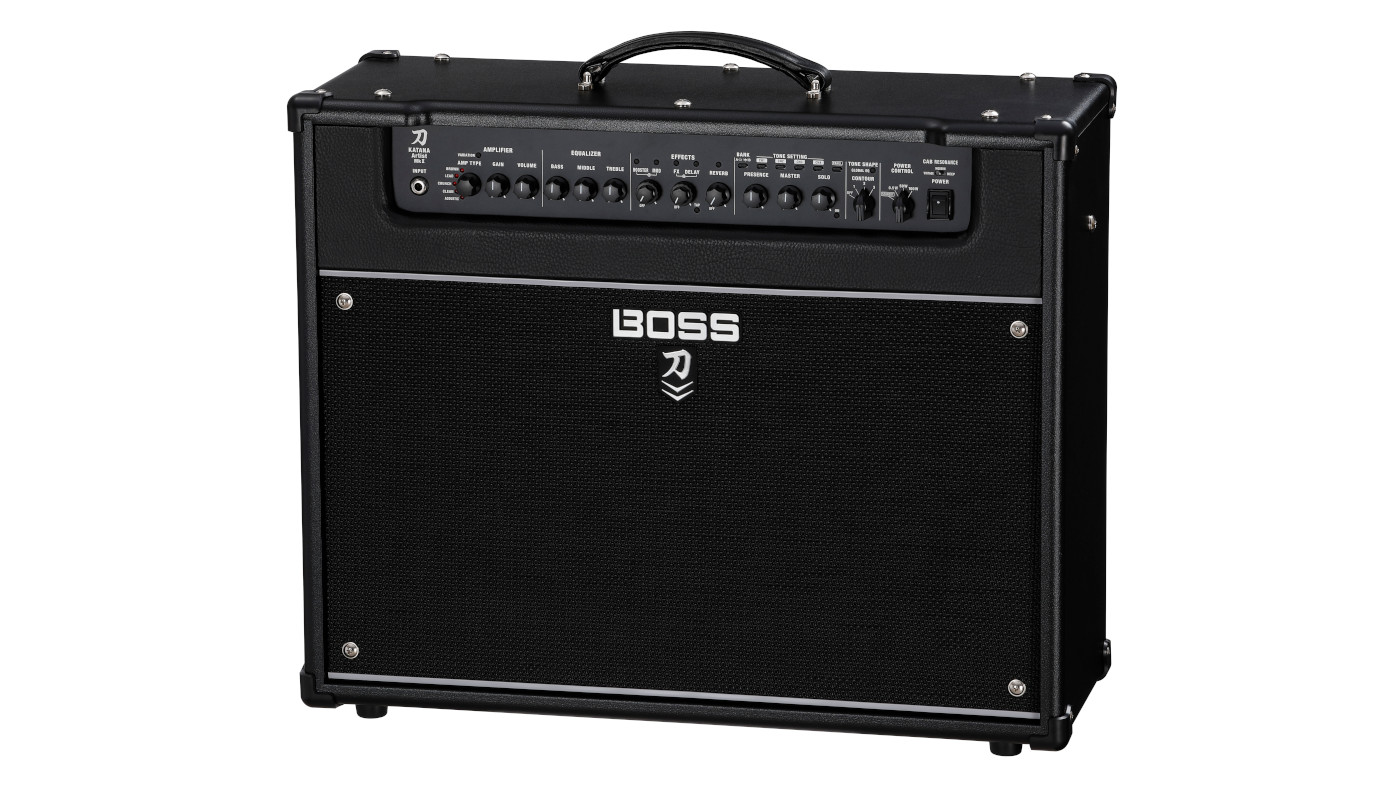
• Boss Katana-Artist
With sounds that challenge many good valve amps and stay consistently good night after night, not to mention effects that are as good as those on many pedal boards, the Katana Artist is a tempting proposition for creative pro players as well as the function band guys who need a range of authentic presets.
• Fender '68 Custom Princeton Reverb
Or you could go down tube combo Fender route with the amp that many players consider the platonic ideal for studio and small gig use.
There’s an authenticity to this sound, too. The market is awash with convincing amp modellers and sounds that are more than credible and fit for purpose. But there’s something about the focused approach of the Fender Tone Master designs that make them formidable contenders in any A/B challenge.
Setting aside the algorithms for a second, there is more to the Tone Master Super Reverb’s design that helps it perform as a good Super Reverb should. Its complement of four 10” Jensen speakers is an excellent way of multiplying and widening the amplifier’s sound while retaining clarity.
In sum, these speakers allied to the Super Reverb’s inherent tone profile adds up to a lot of low-end, maybe more than you could ever need. EQ adjustments are a cinch however, and the Bright switches come in very handy when swapping from a darker sounding electric with humbuckers and one with stiletto-sharp treble.
This is a big headroom amp but the raunch comes online after the volume goes past half-way with an overdrive that’s got an unmistakable US accent. It’s a sound heard on many classic blues and rock recording, hot and juicy, giving slide guitar the sort of grind you might hear from a field recording at a Nascar heat.
With so much power available, the original Super Reverbs might be too impractical for a lot of players, especially if you want that raunchy drive in a small gig setting, and this is where the Tone Master format really excels, with power-scaling to suit any occasion.
Add in a digital spring reverb that’s forensically detailed, and the heady pulse of tremolo, and it’s easy to make a case for the Super Reverb as one of the best examples of how digital tech and solid-state Class D power can extend the appeal of an classic into a new era. It sure sticks the landing with those tones.
Music Radar verdict: The classic Fender 4x10 combo is reborn as a digital powerhouse offering top-tier tones, superb headroom and reliability at a very attractive price.
Fender Tone Master Super Reverb: The web says
Fender Tone Master Super Reverb: Hands-on demos
Guitarist
Andertons
Fender
Premier Guitar
Rhett Shull
Fender Tone Master Super Reverb: Specifications
- ORIGIN: USA
- TYPE: Digital modelling preamp, Class D power stage
- OUTPUT: 200W into 2ohms (simulating 45W valve), switchable down to 0.5W in 6 steps
- DIMENSIONS: 629 (h) x 638 (w) x 267mm (d)
- WEIGHT (kg/lb): 16.5/36
- CABINET: Meranti ply
- LOUDSPEAKERS: 4x Jensen P10R Alnico 10”
- CHANNELS: 2
- CONTROLS: Normal channel: Bright switch, Volume, Treble, Bass. Vibrato channel: Bright switch, Volume, Treble, Middle, Bass, Reverb, Vibrato Speed, Intensity. Line out level, IR select, ground lift in/out
- ADDITIONAL FEATURES: Balanced XLR line out with ground lift and level control, 3x switchable impulse response cab sims. Firmware updates via USB port on bottom of chassis
- FOOTSWITCH: 2-button footswitch (supplied) toggles vibrato and reverb
- CONTACT: Fender
MusicRadar is the number one website for music-makers of all kinds, be they guitarists, drummers, keyboard players, DJs or producers...
- GEAR: We help musicians find the best gear with top-ranking gear round-ups and high-quality, authoritative reviews by a wide team of highly experienced experts.
- TIPS: We also provide tuition, from bite-sized tips to advanced work-outs and guidance from recognised musicians and stars.
- STARS: We talk to musicians and stars about their creative processes, and the nuts and bolts of their gear and technique. We give fans an insight into the craft of music-making that no other music website can.
With its latest free update, Ableton has finally turned Note into the app I always wanted it to be
Technically capable, but struggle to make your tunes sound musical? 5 simple music theory hacks to make your tracks stand out
"Despite its size, it delivers impressive audio quality and premium functions as well as featuring a good selection of inspired sounds": Roland GO:Piano 88PX review
